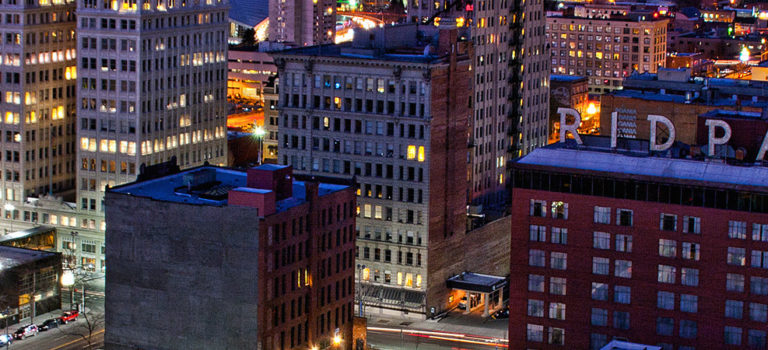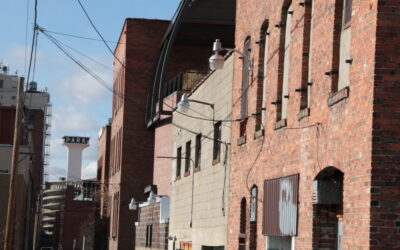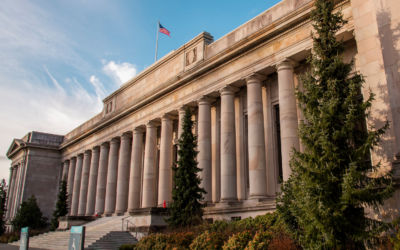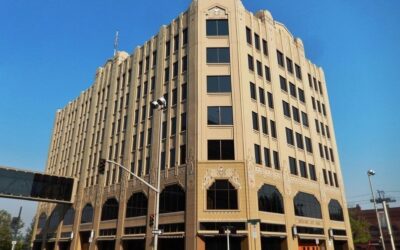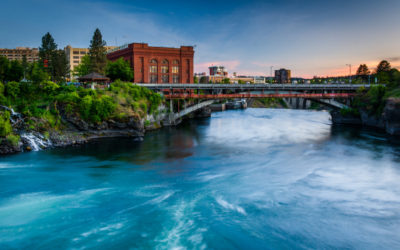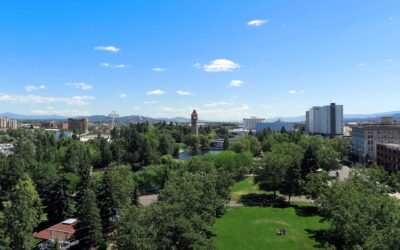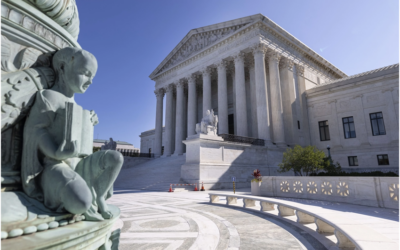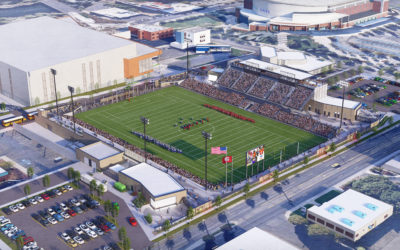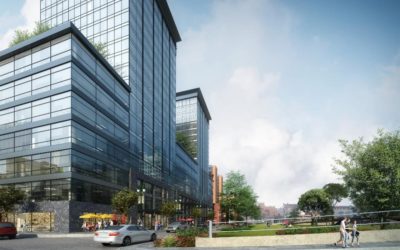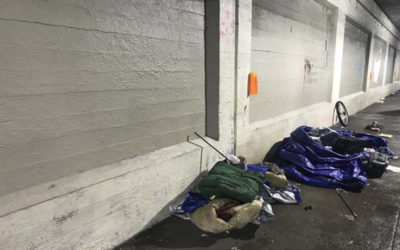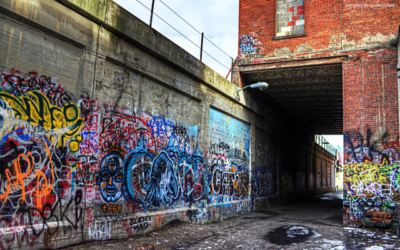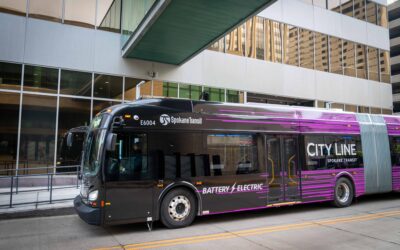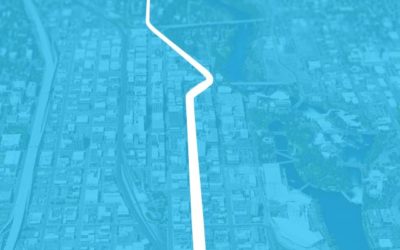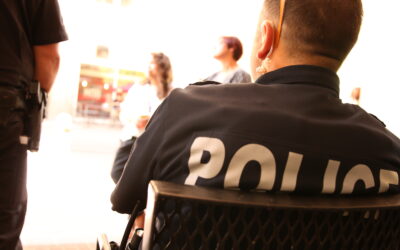Advocacy Efforts
The DSP’s activities are critical to the economic health of the entire community…from creating jobs, to improving the quality of life, to raising the value of downtown property. A vital downtown, as the center for commerce, entertainment and cultural activities plays an important role in the community’s ability to attract – and retain – people and investment. See below for projects the DSP team is currently advocating for.

